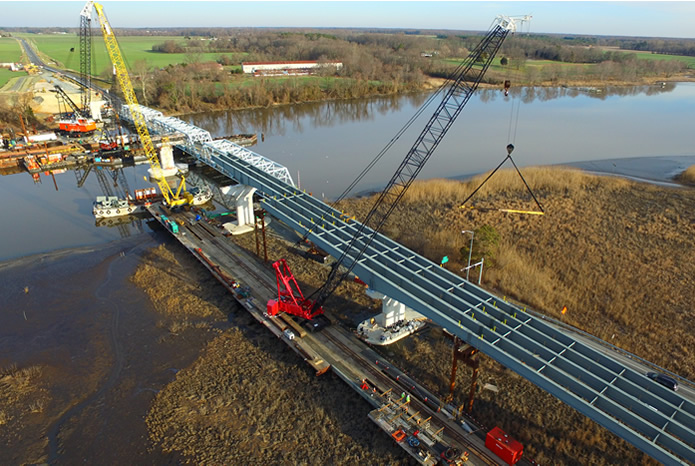In the realm of construction technology, Omega Beams from Construction E-link represent a paradigm shift in structural innovation. This article explores their operation, features, and benefits, comparing them succinctly with traditional trestle beams to highlight transformative advancements in the construction industry.
Omega Beams are engineered with precision to offer unparalleled efficiency and versatility in various construction projects. Unlike traditional trestle beams, these cutting-edge structural components leverage advanced materials and design principles to enhance load-bearing capabilities and reduce overall weight. The result is a more streamlined and adaptable solution that addresses the evolving needs of modern construction practices.
One of the key features of Omega Beams is their modular design, allowing for easy assembly and disassembly on-site. This modular approach not only facilitates quicker construction processes but also enables more efficient transportation and storage, reducing logistical challenges associated with traditional trestle beams. Construction crews can benefit from significant time and cost savings, making Omega Beams a practical choice for projects with tight deadlines and budget constraints.
Furthermore, Omega Beams incorporate smart technologies, such as sensors and monitoring systems, to provide real-time data on structural integrity and performance. This proactive approach to construction safety enhances overall project management by minimizing the risk of structural issues and potential delays. Traditional trestle beams lack this level of integrated monitoring, making them more susceptible to unforeseen challenges during the construction phase.
In terms of sustainability, Omega Beams shine as eco-friendly alternatives to traditional trestle beams. The materials used in their construction are often sourced responsibly, and the modular design promotes reuse in multiple projects. This sustainable approach aligns with the growing emphasis on environmentally conscious construction practices, making Omega Beams a forward-thinking choice for environmentally aware builders.
Now, let’s delve into a comparative analysis between Omega Beams and traditional trestle beams. While both serve as essential components in construction projects, their differences become apparent in terms of design, installation, and overall performance.
Traditional trestle beams, characterized by their more conventional design and heavier materials, have been the standard in construction for many years. They provide robust support but often come with challenges related to transportation, storage, and on-site assembly. The weight of these beams can lead to increased fuel consumption during transportation, contributing to a larger carbon footprint compared to the lighter and more transport-efficient Omega Beams.
Installation of traditional trestle beams typically requires specialized equipment and longer assembly times. In contrast, Omega Beams, with their modular design, can be quickly assembled and disassembled by construction crews, reducing the need for heavy machinery and expediting the overall construction timeline.
In conclusion, Omega Beams from Construction E-link emerge as a transformative force in the construction industry. Their innovative design, modular construction, smart technologies, and sustainability features set them apart from traditional trestle beams. As construction practices continue to evolve, embracing such advanced structural solutions becomes imperative for staying at the forefront of efficiency, safety, and environmental consciousness. The era of Omega Beams has arrived, reshaping the way we build and laying the foundation for a more sustainable and agile construction future.
How Do Omega Beams from Construction E-link work and compare against traditional trestle beams?
This article explores the revolutionary impact of Omega Beams from Construction E-link, heralding a new era in construction technology. These modular, smart, and sustainable beams offer unmatched efficiency, adaptability, and safety compared to traditional trestle beams. From streamlined assembly to real-time monitoring, they redefine construction practices, emphasizing eco-friendly design. This article navigates the transformative advancements, highlighting the pivotal shift towards a more sustainable, agile, and technologically-driven construction future.
